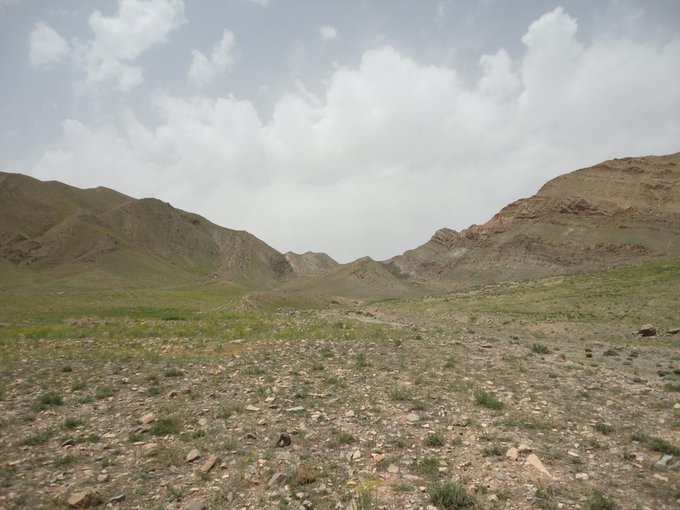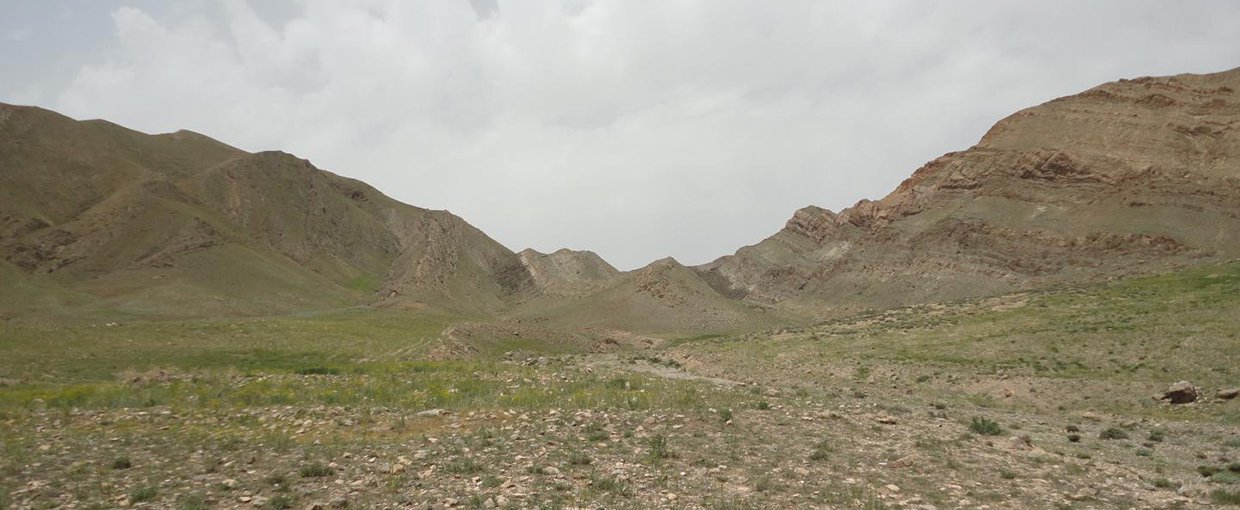
A new study is providing insight into the “Permian-Triassic mass extinction,” a time in Earth’s history that marks the loss of more than 90% of animal life on Earth. This catastrophic event happened roughly 252 million years ago, and it took nearly five million years for ecosystems on our planet to recover.
Click here to read a press release concerning the research from Arizona State University (ASU).
For their study, the research team developed a new method for estimating global ocean anoxia levels during the Permian-Triassic mass extinction. Their technique looks at uranium isotope variations recorded in carbonates. Previous approaches were based on pyrite and other elements and minerals, which only provided measurements of ancient ocean anoxia levels at specific sites.

This is the collection site for the sediments used in this study, located near the village of Zal in East Azerbaijan Province, Iran.Image credit: Sylvain Richoz/ASU.
The study provides details about the recovery of marine ecosystems following the extinction event. These systems continued to experience separate, smaller extinction episodes over the long period of recovery. The researchers identified links between these smaller episodes and periods of ocean anoxia. Their work also provides insight into the effects of environmental change that could be applicable to the present day Earth.
The study, “Multiple episodes of extensive marine anoxia linked to global warming and continental weathering following the latest Permian mass extinction,” was published in the journal Science Advances. The research was supported by NASA Astrobiology through the NASA Exobiology Program, and by the National Science Foundation (NSF) Frontiers in Earth System Dynamics program.
